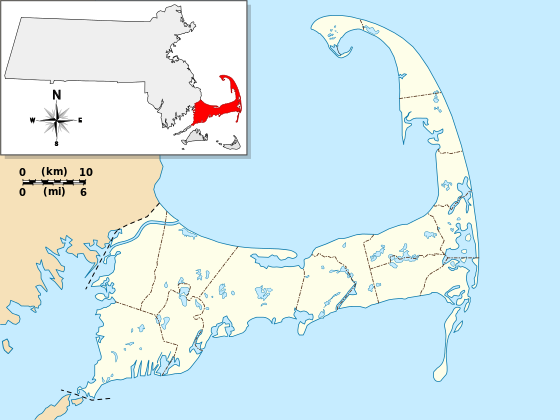Your donation will support the student journalists of Suffolk University. Your contribution will allow us to cover our annual website hosting costs.
Globe panel discusses climate change on the Cape
October 30, 2019
When columnist Nestor Ramos of The Boston Globe wrote a front page news story titled “Climate change on Cape Cod: At the end of a warming world” this September, it became one of its most clicked online articles in the paper’s history. The story reached about 100,000 readers in five days, and shed light on just how climate change was already hitting the Cape.
On Oct. 22, Ramos, Globe narrative editor Steve Wilmsen and Globe photographer John Tlumacki were featured on a research panel hosted by the Globe at the Boston University (BU) Institute of Sustainability. There, they discussed their work on the article, the impacts of climate change, the importance of climate reporting and potential solutions to help combat the climate crisis in the region.
“[The article] was our way to make a story that was not remote or abstract, but was intimate and real and tangible and part of all of our lives,” said Ramos.
Panelists aimed to produce dialogue on the subject and offer a behind the scenes look into the Globe’s special report.
The panelists said they spent almost half a year going back and forth to the popular vacation spot to record their observations.
They found that a bombardment of worsening storms each year is a sign that the Cape is facing an environmental crisis. According to the article, “the beaches on the Outer Cape lose an average of about 3 feet of shoreline a year.”
It also showed how when these storms mix with rising sea levels, buildings and beaches on the Cape’s shore get decimated and outer roads and highways get swept under the elevating ocean.
During the panel, the trio said this piece was motivated by what Ramos called “a feeling of helplessness.”
They said most vacationers on the Cape understand the area is being harmed by climate change, but that they would rather ignore reality.
“It was the most beautiful and difficult assignment of my career. People didn’t want to care about the problem, they just wanted to go to the Cape,” Tlumacki said.
When asked how to present important data in a manner that is not too frightening and disheartening, Ramos said, “It’s a real challenge, and something that we really thought about.”
Ramos and the other panelists wanted to show a new angle on how climate change is a critical issue, as they recognized this issue does not hit home for as many people as it should.
People’s perception of climate change changed when the piece became personal, the panelists said.
“So many people connect with the Cape. A good story follows the path of what happens, no matter what,” Ramos said.
Tlumacki was assigned a summer photography project at the Cape in May. He said that finding the perfect shots to reflect this article was difficult to do, especially since the Cape is such a happy place.
He traveled back and forth from Boston to the Cape constantly, but always felt he was missing the target. Some photos even needed to be taken by air. But he eventually found the perfect photo series to illustrate the current problems the Cape is already beginning to experience due to climate change.
One of his photos showed where marshes once sat near the Cape’s beaches, as they are beginning to dry out and disappear. Tlumacki also captured what were once successful oyster farms, and showed they are now struggling businesses.
One of the main focal points of the panel discussion was Liam’s Shack, a clam shack that was located on Nauset beach for 28 years. Most of it was swept away in a coastal storm in the spring of 2018, and the rest of the structure was completely torn down.
Nauset has remained without the business since.
Cape Cod native John Ohman, a panel speaker, saw the beach for the first time without Liam’s Shack and was amazed. The beach itself, he said, was completely different. The high waves from the storm had pushed the sand dunes back further and higher than usual.
According to Ohman, this storm wasn’t just a regular one. It was a sign of what is to come.
“All it is going to take is a couple more storms and this place is in the water, like Liam’s,” Ohman said.
The panelists said changes to the coastal landscape isn’t the only cause for alarm on the Cape. Ohman discussed how fishermen are being put out of business because the fish population continues to decrease every year due to water temperatures that are warming for longer periods of time. This also affects crab farms and the marshes.
Sarah Finnie Robinson is a climate communications adjunct at BU who works in the Institute of Sustainability. She worked to launch the “51 Percent Project” at the university, where the goal is to promote public awareness and action on climate change with large-scale solutions.
As one of the guest speakers at the event, she said in order to make change and save the environment from more harm, people need to think bigger.
“Large solutions are not just reusable mugs and bags. The problem is much bigger than that,” said Robinson.
